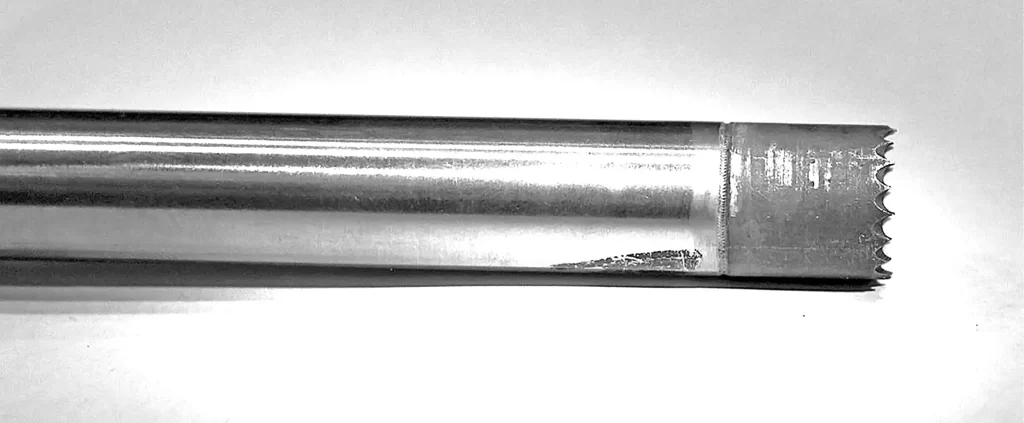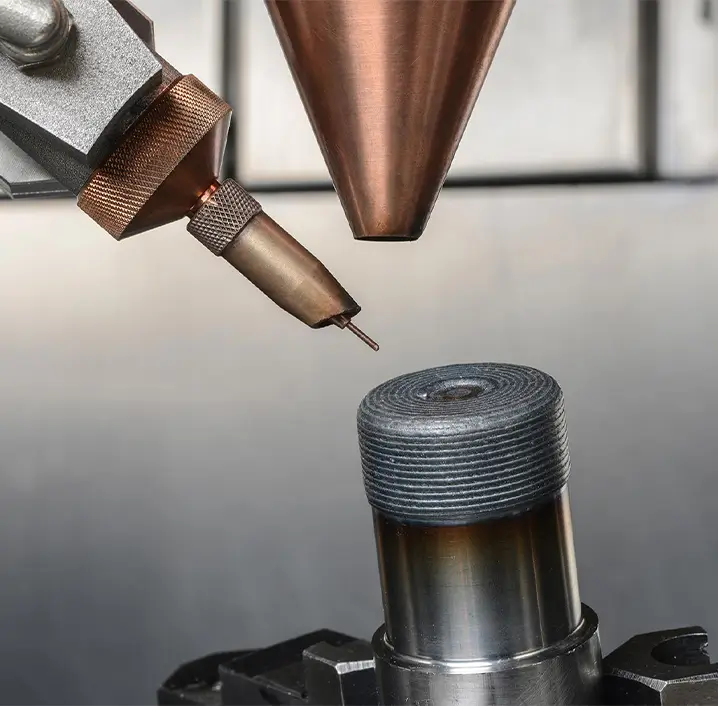Overview: An automotive parts manufacturer faced significant challenges in joining dissimilar metals—aluminum and steel—in critical components such as battery housings and structural reinforcements for electric vehicles (EVs). Traditional welding methods, such as MIG and TIG welding, led to issues like weak joints, excessive heat distortion, and corrosion at the weld interface. To overcome these challenges, the manufacturer implemented Dissimilar Metal Laser Welding using Scantech Laser’s advanced system, which delivered stronger joints and improved production efficiency.
Challenges:
- Material Compatibility: Joining aluminum to steel presented challenges due to differences in melting points, thermal expansion rates, and mechanical properties.
- Weak Welds: Traditional welding methods resulted in brittle joints and poor metallurgical bonding, leading to premature failure in high-stress applications.
- Heat Distortion: The high heat input from conventional welding caused warping and thermal distortion in both materials, affecting product precision.
- Corrosion at the Weld Interface: The dissimilar materials exhibited a tendency to corrode at the weld joint, leading to long-term durability issues.
Solution: Scantech Laser introduced its ProWeld Dissimilar Metal Laser Welding System, specifically designed to join different metals with high precision. The system provided:
- Controlled Heat Input: The precise energy control of laser welding allowed for selective melting of both aluminum and steel, minimizing the heat-affected zone (HAZ) and preventing distortion.
- High-Quality Metallurgical Bonding: Laser welding created a strong, reliable bond by optimizing the welding speed and laser power, ensuring a clean interface between the two metals.
- Corrosion Resistance: By using advanced welding parameters and shielding gas control, the system minimized oxidation, reducing the risk of corrosion at the joint.
- Automated Precision: The integration of robotic automation ensured consistent, repeatable weld quality, allowing for high-volume production with minimal errors.
Results:
- 70% Improvement in Joint Strength: The laser welding process delivered stronger, more reliable joints compared to traditional methods, significantly improving the structural integrity of the automotive components.
- 50% Reduction in Heat Distortion: The precise control of the laser reduced the heat input, minimizing warping and ensuring that components maintained their intended shapes and tolerances.
- Enhanced Corrosion Resistance: The improved weld quality and precise control of the weld environment reduced the potential for corrosion at the weld interface, ensuring long-term durability in harsh conditions.
- 35% Faster Production Cycle: The automated laser welding system increased production speed, reducing cycle times and enabling the manufacturer to meet growing demand for EV components.
Conclusion: Scantech Laser’s Dissimilar Metal Laser Welding solution transformed the manufacturer’s ability to join aluminum and steel in critical automotive components. The advanced laser system not only improved the strength and durability of the joints but also increased production efficiency, reduced waste, and minimized the risk of corrosion and distortion. This solution has enabled the manufacturer to meet the high-performance and safety standards required in the rapidly evolving electric vehicle market, while also reducing costs and improving product quality.

